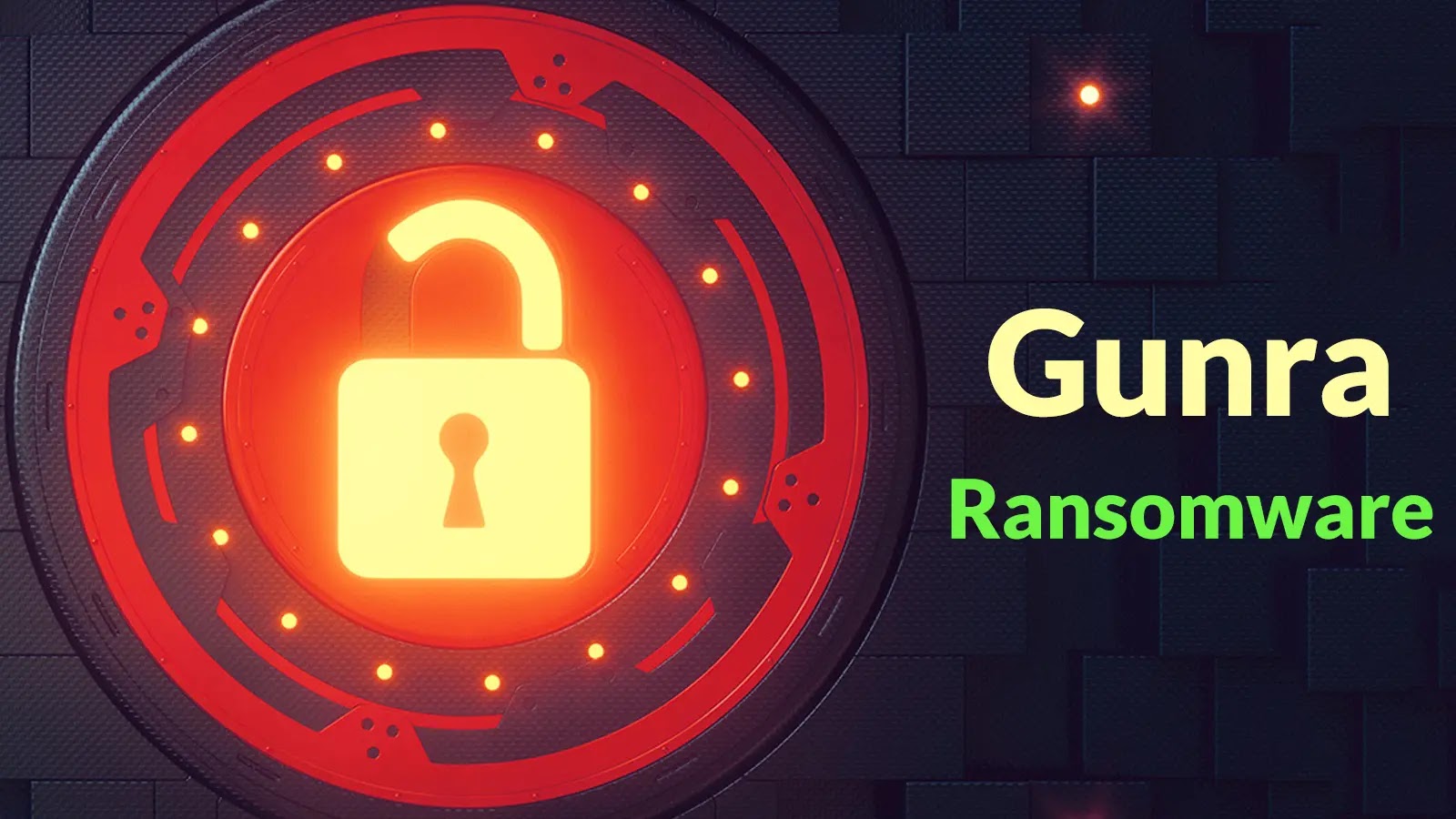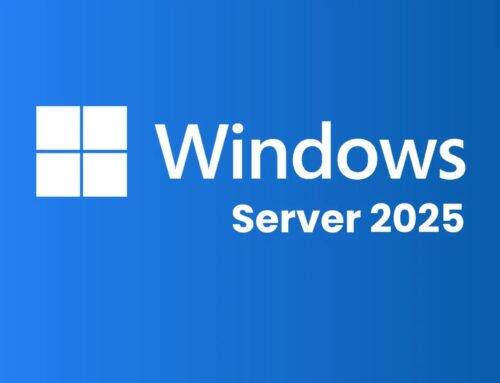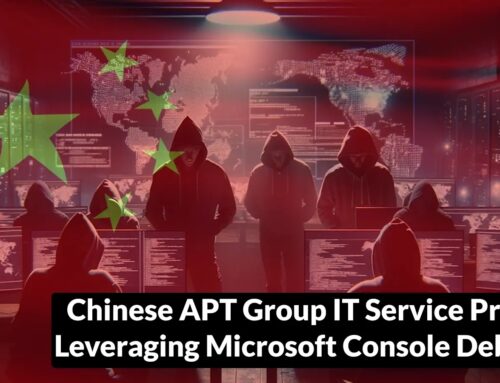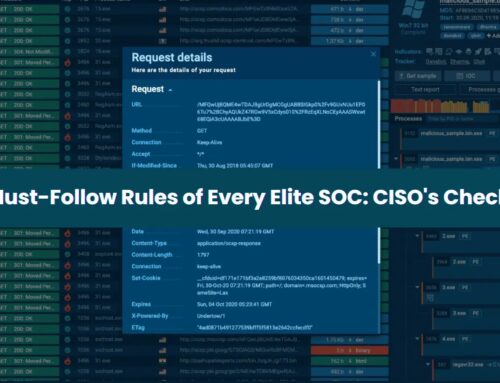
Gunra Ransomware New Linux Variant Runs Up To 100 Encryption Threads With New Partial Encryption Feature
Unveiling Gunra Ransomware’s Linux Evolution: A New Threat Landscape Emerges
The cybersecurity landscape faces a persistent and evolving challenge from ransomware operators. Among the most concerning developments is the emergence of sophisticated, cross-platform variants designed to maximize disruption and illicit gain. A recent and significant escalation in this threat vector is the discovery of a new Linux variant of Gunra ransomware. This iteration marks a pivotal shift, expanding its destructive capabilities beyond traditional Windows environments to encompass critical Linux systems. Understanding the mechanics and implications of this new variant is crucial for organizations looking to fortify their defenses against an increasingly agile adversary.
Gunra Ransomware: From Windows Roots to Linux Domination
Initially identified in April 2025, Gunra ransomware quickly garnered attention for its operational techniques, drawing inspiration from the notorious Conti ransomware. Its initial focus on Windows systems established a foothold, but the recent unveiling of its Linux variant signals a strategic expansion. This cross-platform leap underscores a trend among ransomware groups to diversify their attack surface, recognizing that many critical enterprise applications and infrastructure components – from web servers to databases – run on Linux. The ability to target both Windows and Linux environments significantly amplifies Gunra’s potential for widespread disruption, making it a formidable adversary for any enterprise with a hybrid IT infrastructure.
Technical Deep Dive: The New Linux Variant’s Destructive Power
The new Linux variant of Gunra ransomware is engineered for efficiency and speed in its encryption routine. Key advancements include:
- Multi-threaded Encryption: Unlike many older variants, this Gunra iteration boasts the capability to run up to 100 encryption threads concurrently. This massive parallelism drastically reduces the time required to encrypt large volumes of data, increasing the speed of compromise and making detection and containment more challenging.
- Partial Encryption Feature: A particularly insidious feature is its partial encryption capability. Instead of encrypting entire files, it can encrypt only portions of them. This technique serves multiple purposes:
- Speed: Encrypting only parts of a file is much faster than encrypting the whole file, contributing to the ransomware’s rapid execution.
- Evasion: Some traditional detection mechanisms might be bypassed if only partial file modifications are observed, as they often look for complete file transformations.
- Data Corruption: Even partial encryption renders a file unusable without the decryption key, achieving the attacker’s objective of data encryption and extortion.
- Conti-inspired Techniques: The ransomware continues to leverage techniques popularized by the now-disbanded Conti group. This includes sophisticated evasion methods and potentially leveraging legitimate system tools for malicious purposes (living off the land), making its activities harder to distinguish from legitimate network traffic.
Impact and Implications for Enterprises
The rise of Gunra’s Linux variant poses significant implications for cybersecurity strategy:
- Expanded Attack Surface: Organizations can no longer solely focus their ransomware defenses on Windows systems. Linux servers, cloud instances, and containerized environments are now equally, if not more, at risk.
- Faster Encryption, Less Reaction Time: The 100-thread encryption and partial encryption features mean that a successful breach can rapidly escalate into a full-scale data encryption disaster, leaving security teams with minimal time to react and mitigate.
- Business Continuity Risk: Critical business operations deeply depend on Linux-based applications and databases. A successful Gunra Linux attack could cripple core services, leading to prolonged downtime and severe financial losses.
- Detection Challenges: The sophisticated techniques and partial encryption could make detection challenging for security solutions not specifically tuned for this type of threat, requiring advanced behavioral analytics and endpoint detection and response (EDR) capabilities tailored for Linux.
Remediation Actions: Fortifying Your Linux Defenses
Mitigating the threat posed by Gunra’s new Linux variant requires a multi-layered and proactive approach. Organizations must prioritize strengthening their Linux security posture with the same rigor applied to Windows environments.
- Robust Backup Strategy: Implement and regularly test immutable, off-site, and air-gapped backups of all critical Linux systems and data. Ensure backups are isolated from the production network to prevent ransomware from reaching them.
- Patch Management: Maintain a rigorous patch management program for all Linux operating systems, applications, and kernels. Promptly apply security updates to address known vulnerabilities that attackers could exploit for initial access (e.g., vulnerabilities like CVE-2023-38408 or CVE-2023-39325 if they were relevant to Linux privilege escalation or remote code execution).
- Principle of Least Privilege: Enforce strict access controls and the principle of least privilege for all users and services on Linux systems. Limit root access and use
sudowith caution. - Network Segmentation: Implement strong network segmentation to isolate critical Linux servers and applications. This limits lateral movement within the network if a breach occurs.
- Endpoint Detection and Response (EDR) for Linux: Deploy advanced EDR solutions specifically designed for Linux environments. These tools can detect suspicious activities, process injections, and file system modifications indicative of ransomware behavior.
- Security Monitoring and Logging: Implement comprehensive logging on Linux systems, including system logs, audit logs, and application logs. Integrate these logs into a Security Information and Event Management (SIEM) system for centralized monitoring, analysis, and alert generation. Look for unusual process behavior, mass file renames/modifications, and outbound connections to known malicious IPs.
- Regular Security Audits: Conduct frequent security audits and penetration testing of Linux systems to identify and address misconfigurations and vulnerabilities before attackers exploit them.
- User Awareness Training: Educate employees about phishing, social engineering, and the importance of secure password practices, as initial access frequently occurs through human error.
Tools for Linux Ransomware Detection and Mitigation
Equipping your security team with the right tools is paramount in the fight against sophisticated Linux ransomware. Here are some key categories and examples:
| Tool Category | Purpose | Example Tools & Links |
|---|---|---|
| Linux EDR/XDR | Advanced threat detection, response, and behavioral analysis on Linux endpoints. | CrowdStrike Falcon for Linux (https://www.crowdstrike.com/) SentinelOne Singularity for Linux (https://www.sentinelone.com/) Microsoft Defender for Endpoint on Linux (https://www.microsoft.com/) |
| Vulnerability Scanners | Identify security weaknesses and misconfigurations in Linux systems and applications. | Nessus (https://www.tenable.com/products/nessus-vulnerability-scanner) OpenVAS (https://www.openvas.org/) Lynis (https://cisofy.com/lynis/) |
| Log Management/SIEM | Centralized collection, storage, and analysis of Linux system logs for threat detection. | Splunk (https://www.splunk.com/) ELK Stack (Elasticsearch, Logstash, Kibana) (https://www.elastic.co/) Graylog (https://www.graylog.org/) |
| Backup and Recovery Solutions | Ensure data recoverability and business continuity post-ransomware attack. | Veeam (https://www.veeam.com/) Commvault (https://www.commvault.com/) Restic (https://restic.net/) |
| Network IDS/IPS | Monitor and block suspicious network traffic and lateral movement attempts on Linux networks. | Snort (https://www.snort.org/) Suricata (https://suricata-ids.org/) |
Conclusion: A Call for Proactive Linux Security
The emergence of Gunra ransomware’s new Linux variant, with its multi-threaded and partial encryption capabilities, serves as a stark reminder of the dynamic nature of cyber threats. Ransomware groups are constantly evolving, expanding their targets, and refining their techniques to maximize impact. For organizations, this underscores the critical need to extend a robust security posture equally across all operating environments, especially Linux, which often underpins crucial enterprise infrastructure. Proactive defense, encompassing strong backups, vigilant patching, least privilege, advanced EDR, and continuous monitoring, is no longer optional but an imperative for operational resilience in the face of this escalating threat. Ignoring Linux security is no longer an option; it’s an invitation to a costly and debilitating compromise.





